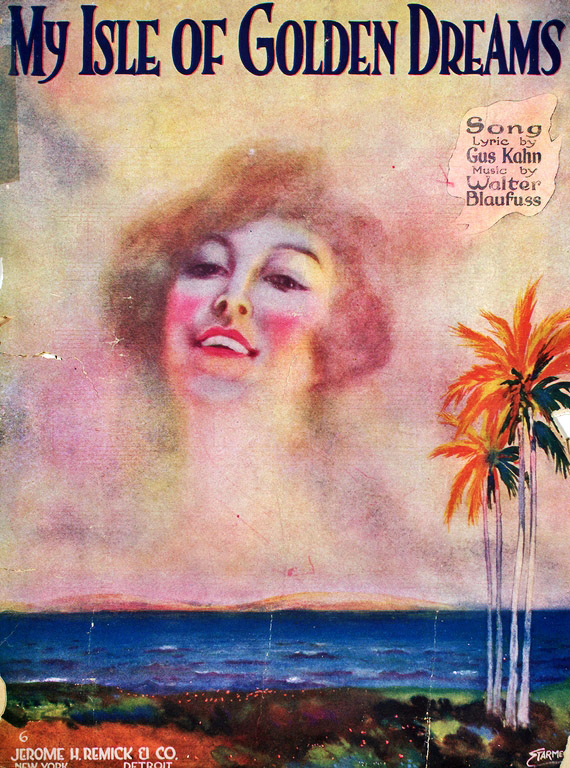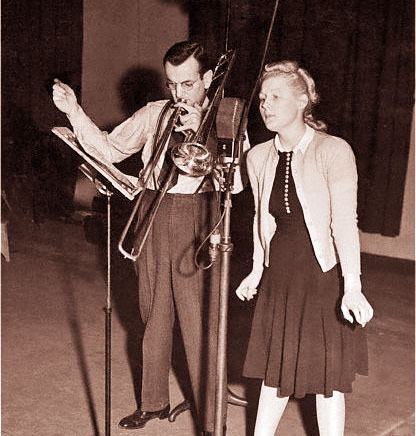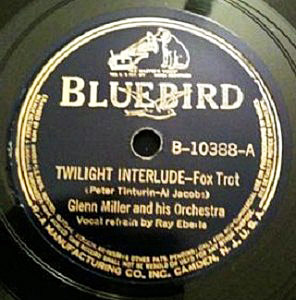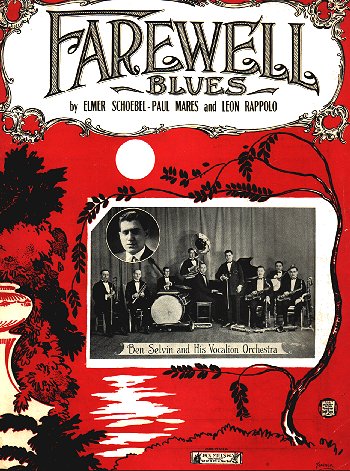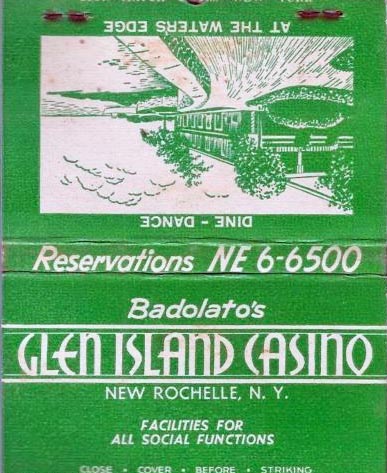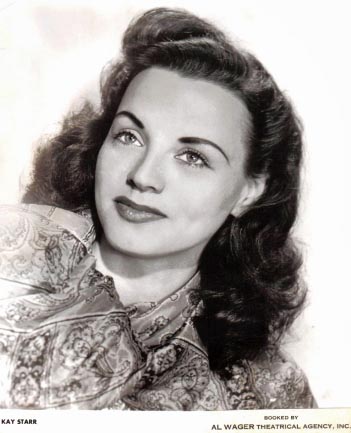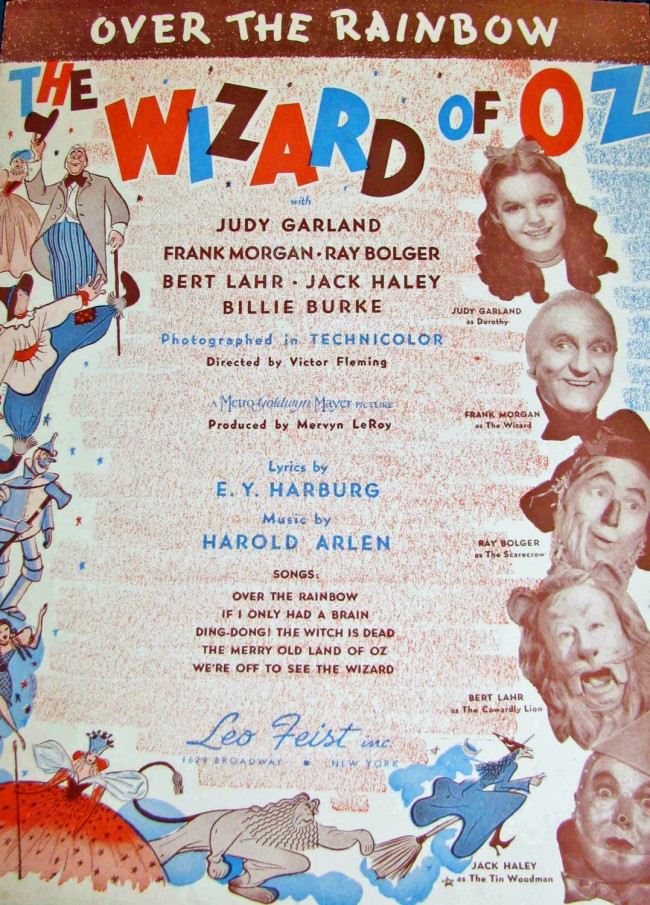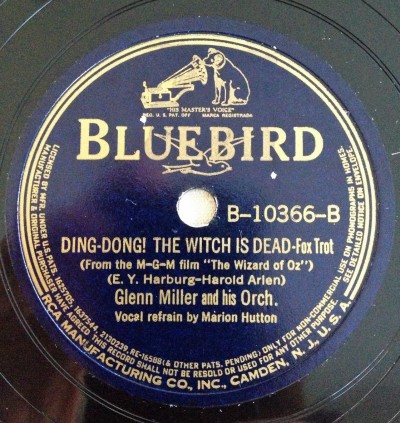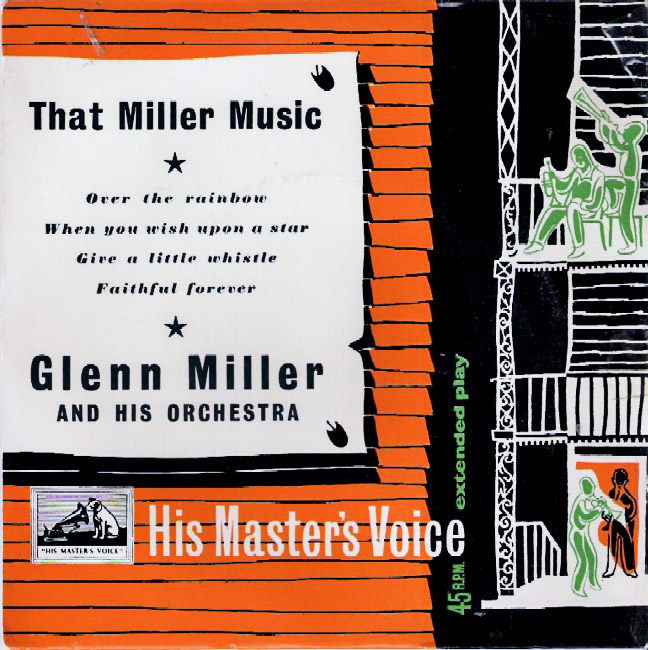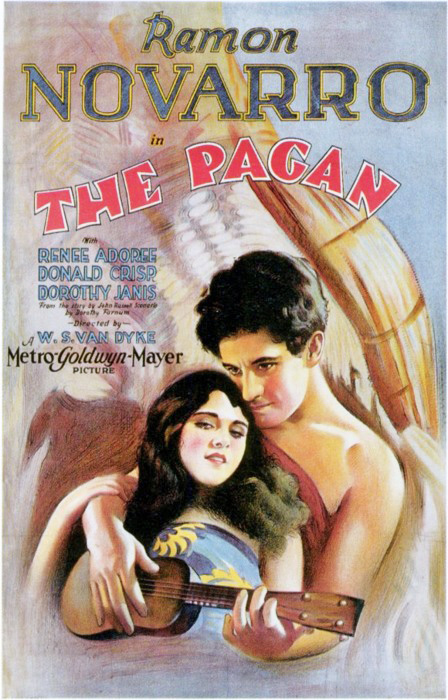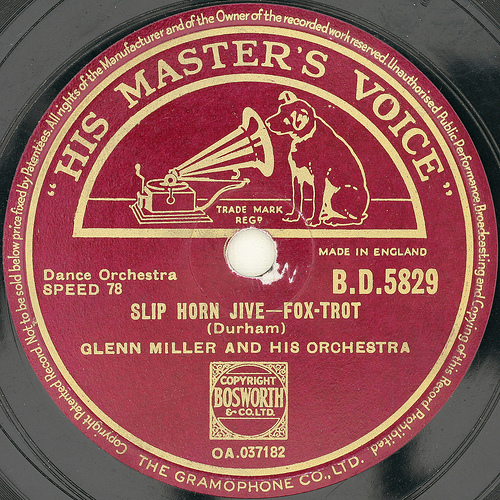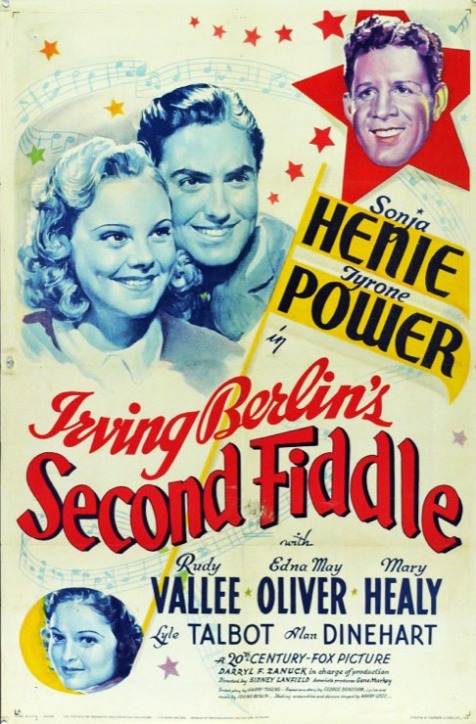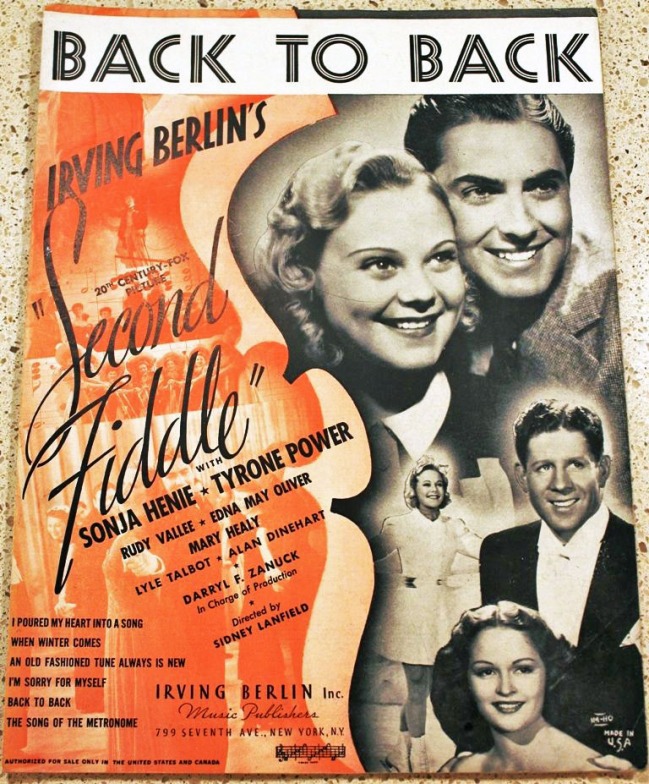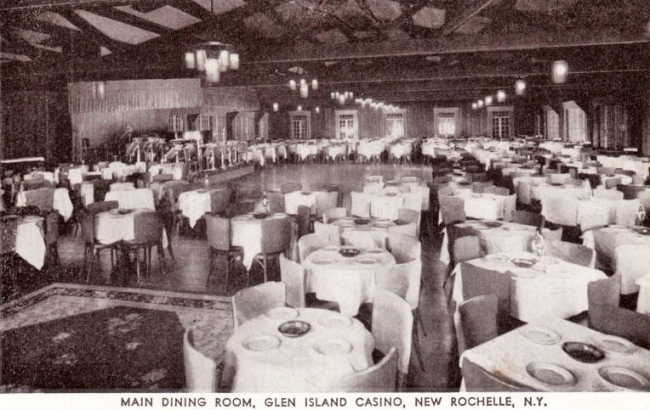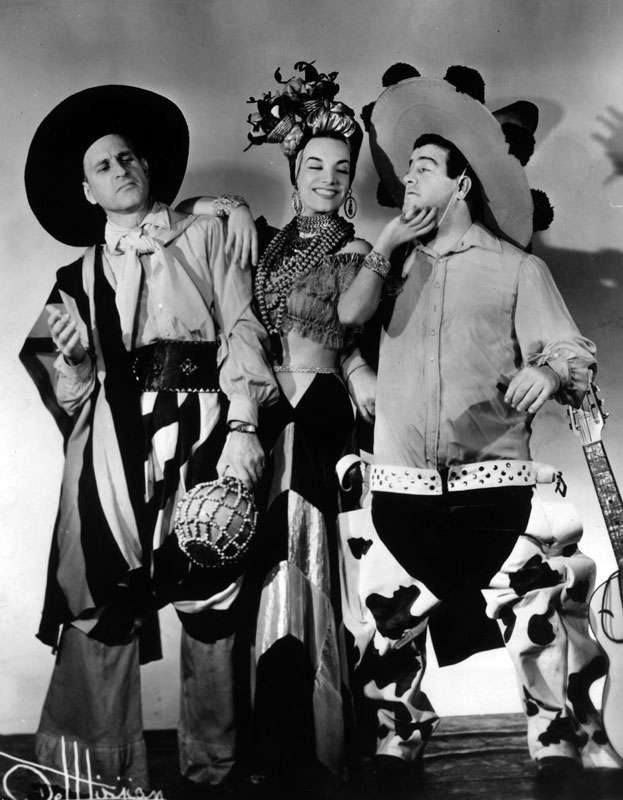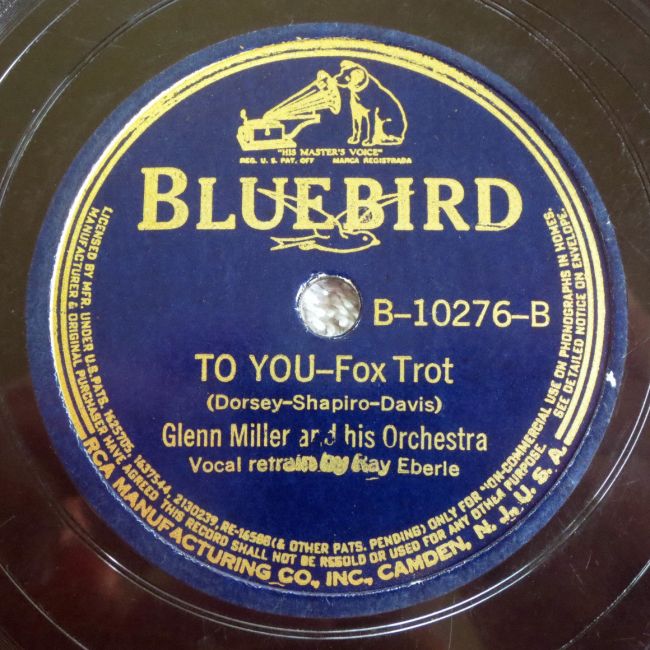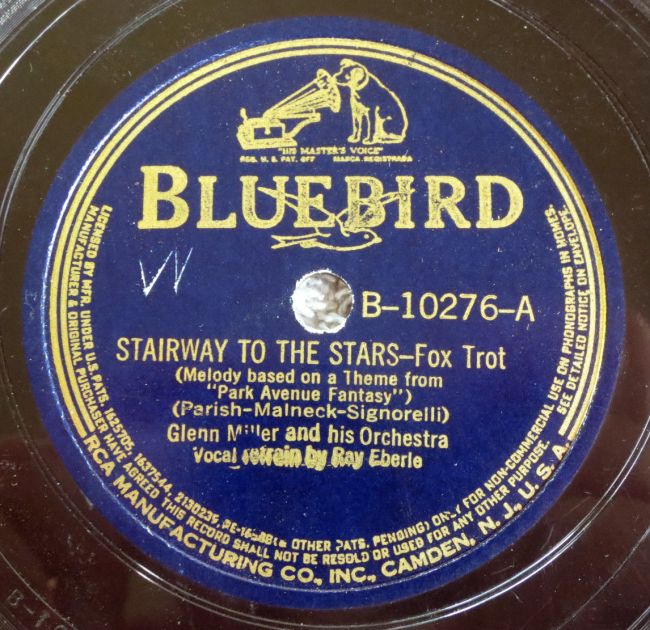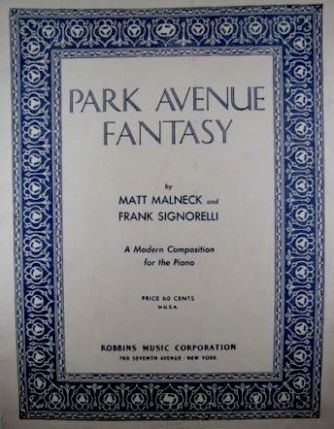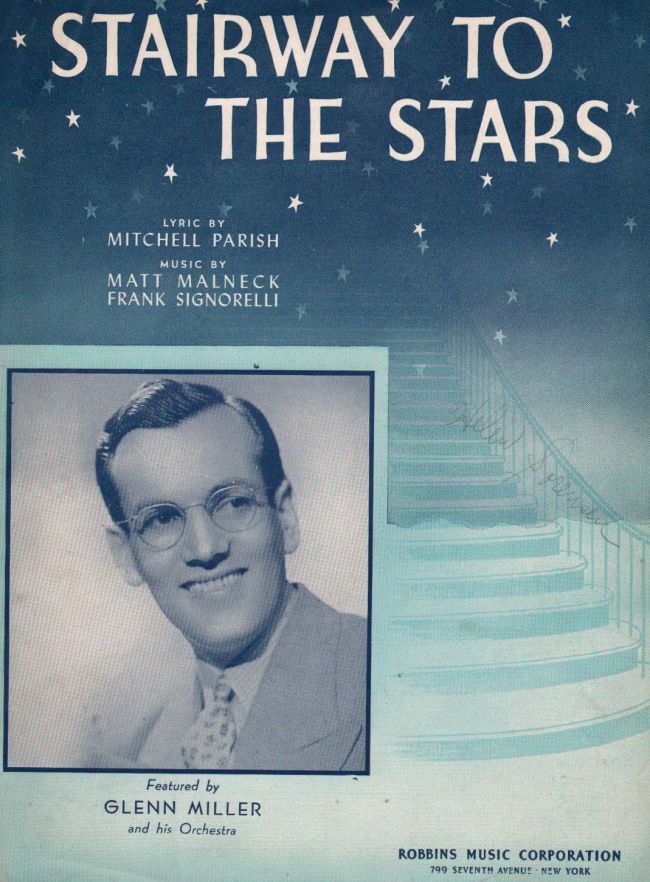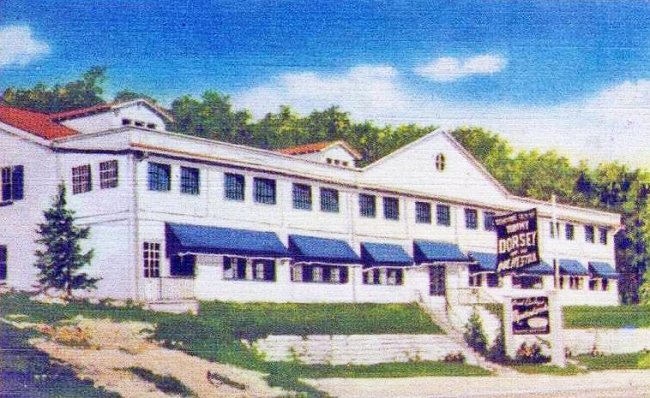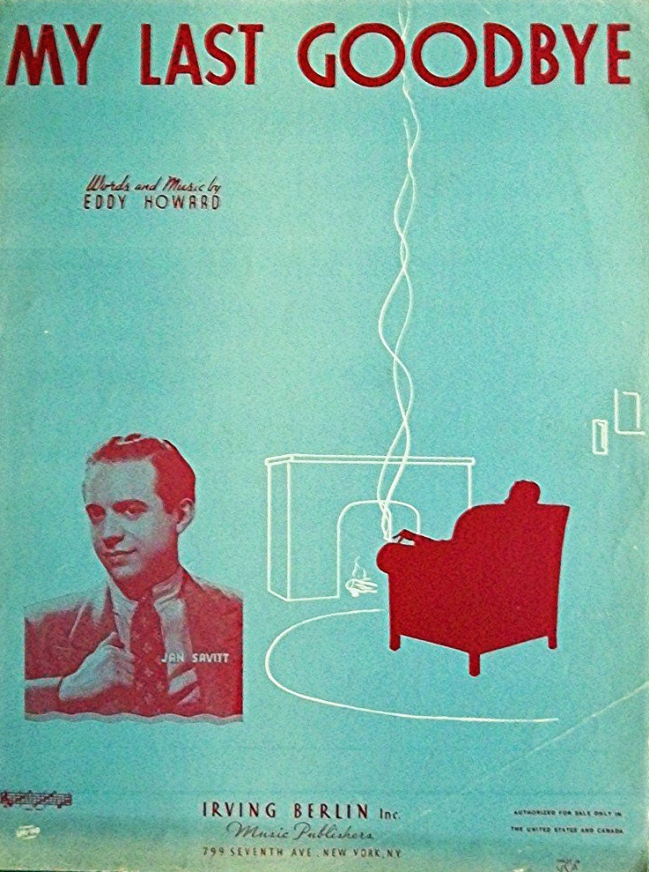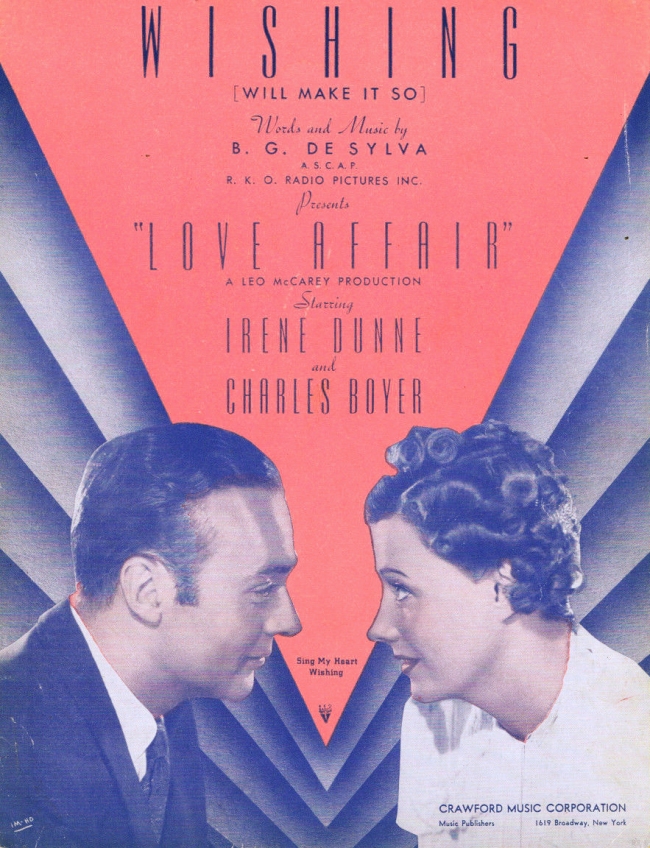RCA Victor Studios, New York – August 18, 1939, 1:30-4:00 PM
041586-1 Who’s Sorry Now? (RE vcl) Bluebird 10486
038143-1 My Isle of Golden Dreams (BF arr) Bluebird 10399
041587-1 My Prayer (RE vcl) Bluebird 10404
041588-1 Blue Moonlight (RE vcl) Bluebird 10404
041588-2 Blue Moonlight (RE vcl) first issued on LP
041589-1 Basket Weaver Man (RE vcl) Victor 20-1585
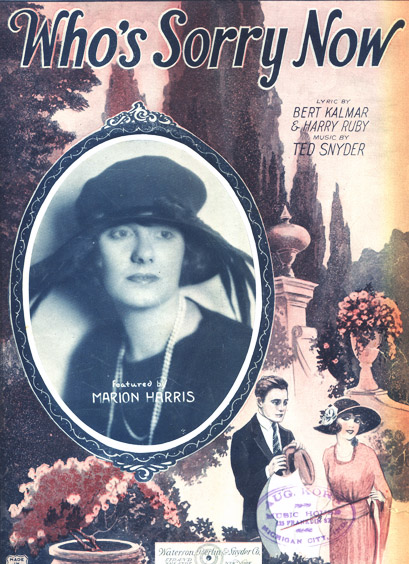
This last Summer 1939 record session puts the spotlight firmly on Ray Eberle, who waxes three songs that became Miller favorites and one that was totally forgotten.
WHO’S SORRY NOW? was already an oldie, having been a hit back in 1923. Composer Ted Snyder (THE SHEIK OF ARABY) and lyricists Bert Kalmar and Harry Ruby (THREE LITTLE WORDS) would create many pop standards, but none as long-lasting as WHO’S SORRY NOW? In 1958, Connie Francis recorded it at the urging of her father and ibecame a smash Top Ten single. It’s still being recorded today by the likes of Harry Connick, Jr. and even Clay Aiken.
Miller takes it at a lively tempo, quite unlike the weepy Connie Francis 45. Eberle sounds quite cheerful, somewhat at odds with the downbeat lyrics. There are several felicitous touches in the arrangement’s intro, coda and transitions.
MY PRAYER underwent a strangely similar history, through a more circuitous route. Romanian café violinist Georges Boulanger wrote it as a salon piece in 1926 and Irish lyricist Jimmy Kennedy added lyrics in 1939. It became a big hit in England and was quickly imported to America, where Glenn and the Ink Spots each had chart-topping success.
In 1958, the Platters revived it and scored a Number One record that is still heard today and triggered an enormous number of cover versions. Once again, Harry Connick, Jr. has waxed it.
Glenn plays the song in similar fashion to WHO’S SORRY NOW? Ray delivers a pleasant vocal, for once utilizing the lower end of his range. The saxes come to the fore in the last chorus.
 BLUE MOONLIGHT gets a more carefully crafted treatment, with lovely solo touches by Beneke, clarinetist Willie Schwartz and even Al Klink on bass clarinet. Originally written as a concert piece for Paul Whiteman in 1934, composer Dana Suesse here adapted it into a popular song, as she had done earlier with her MY SILENT LOVE.
BLUE MOONLIGHT gets a more carefully crafted treatment, with lovely solo touches by Beneke, clarinetist Willie Schwartz and even Al Klink on bass clarinet. Originally written as a concert piece for Paul Whiteman in 1934, composer Dana Suesse here adapted it into a popular song, as she had done earlier with her MY SILENT LOVE.
Continuing his foray into the oldies, Miller then went for the oldest – Gus Kahn’s moody 1919 waltz, MY ISLE OF GOLDEN DREAMS. This Bill Finegan instrumental arrangement had first been attempted on the July 26th session, but a satisfactory take was not achieved. Finegan treats the song as a slow fox trot, moving the melody line from the sax section to Beneke, then the trumpets and muted trombones. There is a delightfully sudden doubling of tempo for a half-minute before MacGregor’s piano signals a return to the original dreamy beat.
Interestingly, the melody has been taken up in later years by country singers Marty Robbins and Hank Snow, country guitarists Chet Atkins and most successfully, Hawaiian singer Alfred Apaka.
For the last number of the day, Glenn picked a new song, though it sounds as vintage as the others. BASKET WEAVER MAN was the first waltz the band recorded and is a downright oddity. Veteran composer Walter Donaldson was better known for his snappy ditties like MAKIN’ WHOOPEE, YOU’RE DRIVING ME CRAZY and MY BLUE HEAVEN, though he also wrote such lovely ballads as MY BUDDY and LITTLE WHITE LIES.
Ray Eberle seems ill-at-ease with the convoluted lyrics and the original 78 sounds like it was recorded off-center. This is the likely reason why the tune was never released on a Bluebird 78. Later LP and CD issues have somewhat corrected the speed fluctuations, but the record still has a creepy, mildewed air about it.
 Desperate for new material to issue during the 1942-44 recording ban, Victor finally pulled BASKET WEAVER MAN from the vaults in early 1944, backed by a reissue of ON A LITTLE STREET IN SINGAPORE. Several other Miller recordings first saw the light of day at this time, which we’ll get to down the road. Some copies of the disc were simply titled BASKET WEAVER, one of the few examples of Miller label variations for collectors.
Desperate for new material to issue during the 1942-44 recording ban, Victor finally pulled BASKET WEAVER MAN from the vaults in early 1944, backed by a reissue of ON A LITTLE STREET IN SINGAPORE. Several other Miller recordings first saw the light of day at this time, which we’ll get to down the road. Some copies of the disc were simply titled BASKET WEAVER, one of the few examples of Miller label variations for collectors.
Five days after this session, Glenn and the band completed their smashingly successful summer season at the Glen Island Casino and hit the road for the first time since popularity had smiled on them. It would be nearly a month before they returned to the Victor recording studios.



